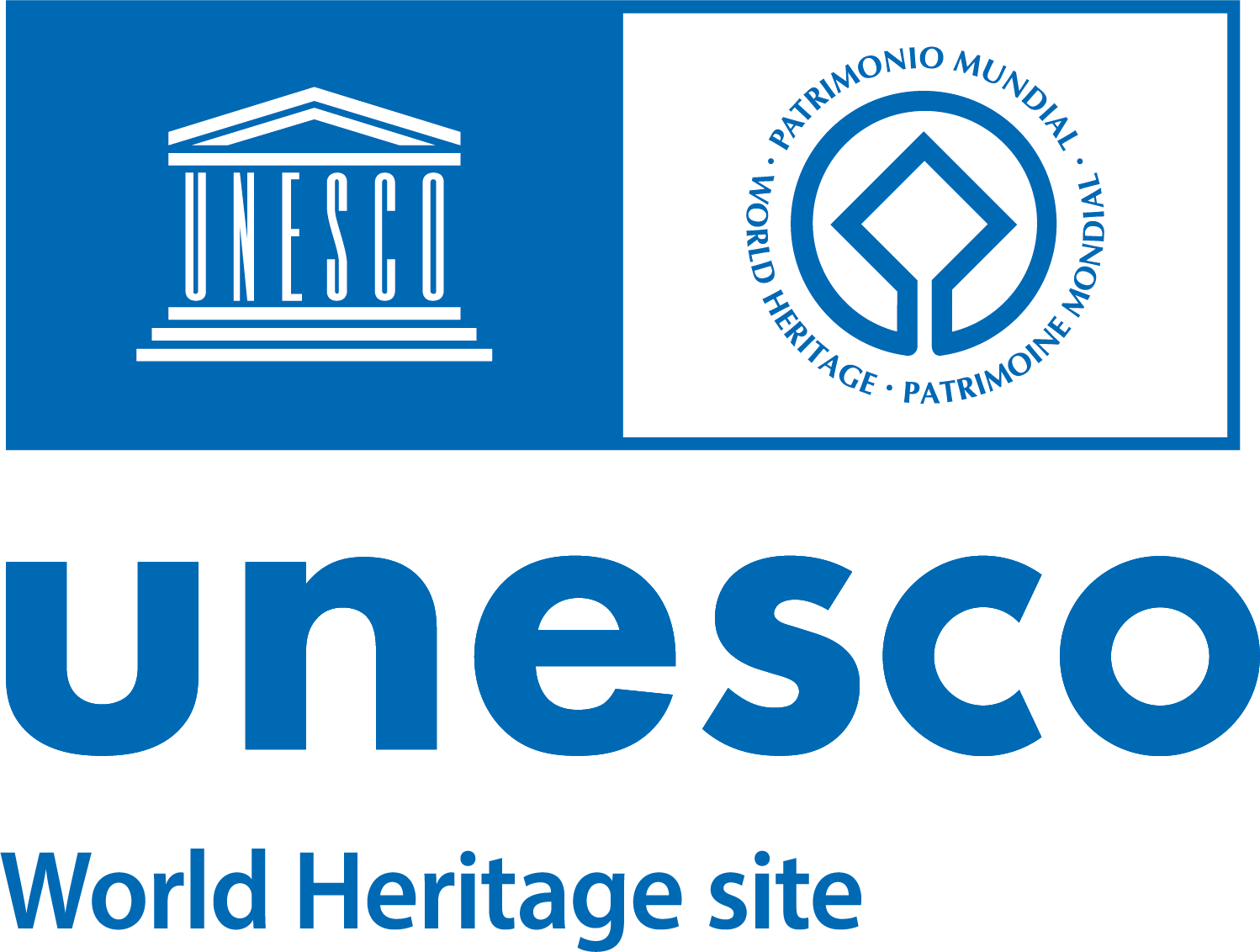Porta Metronia, consisting of a single unadorned arch, was a secondary gateway in a stretch of wall between two towers, a posterula (postern) providing access to the Celio district. It was protected on both sides by the walls themselves, which in this area followed the very uneven course of the ground. The name, which probably derived from the nearby estate of a certain Metrobius or Metronianus, appears in historic maps in corrupted forms such as Metrobia, Metroia, Metrovi, Metrovia, Metropi, Mitrobiensis and Metaura.
During the restructuring of the walls ordered by Emperor Honorius in the 5th century (401–403) and the construction of the upper gallery, a tower was built for the gate. Jutting out on the city side, it can probably be interpreted as a kind of secondary, inner gate, a guardroom or the space holding the portcullis.
In the 12th century the arch stopped being used for people and goods, but in Callixtus II’s plan to boost the city’s water supply (1122), it became the passageway for the channel bringing the Aqua Mariana into the city. The area lent itself to this purpose due to the presence of a natural valley shaped since ancient times by water flow and marshes, known in literature by the name of palus Decenniae, from the lands of the gens Decennia.
A few years later, the structure, evidently in a state of disrepair, was restored by the comune of Rome, as attested by a legible inscription in the stone plaque walled into the curtain of the inner door tower, which bears the date 1157 and the list of senators involved. Next to it is a second plaque, from 1579, which documents a later restoration carried out during the time of Pope Gregory XIII and promoted by a Capitoline conservator, a descendant of Nicola Mannetto, who was among those who had subscribed to the medieval plaque.
The arch of the sealed gate can still be seen from the inner, city side, around a metre above the modern-day road surface. The original ground level was gradually raised at the beginning of the 20th century with excavated material from the Baths of Caracalla and the Passeggiata Archeologica, which also definitively buried the Aqua Mariana channel. (MF)






2. Tower of Porta Metronia, interior elevation.
3. A. STROZZI, detail of the course of the Aqua Mariana from the closed gate, 1474 (A.P. Frutaz, 1962).
4. Plaque set into the wall of the tower of Porta Metronia, 1157.
5. Plaque set into the wall of the tower of Porta Metronia, 1579.
6. Porta Metronia, exterior elevation.


